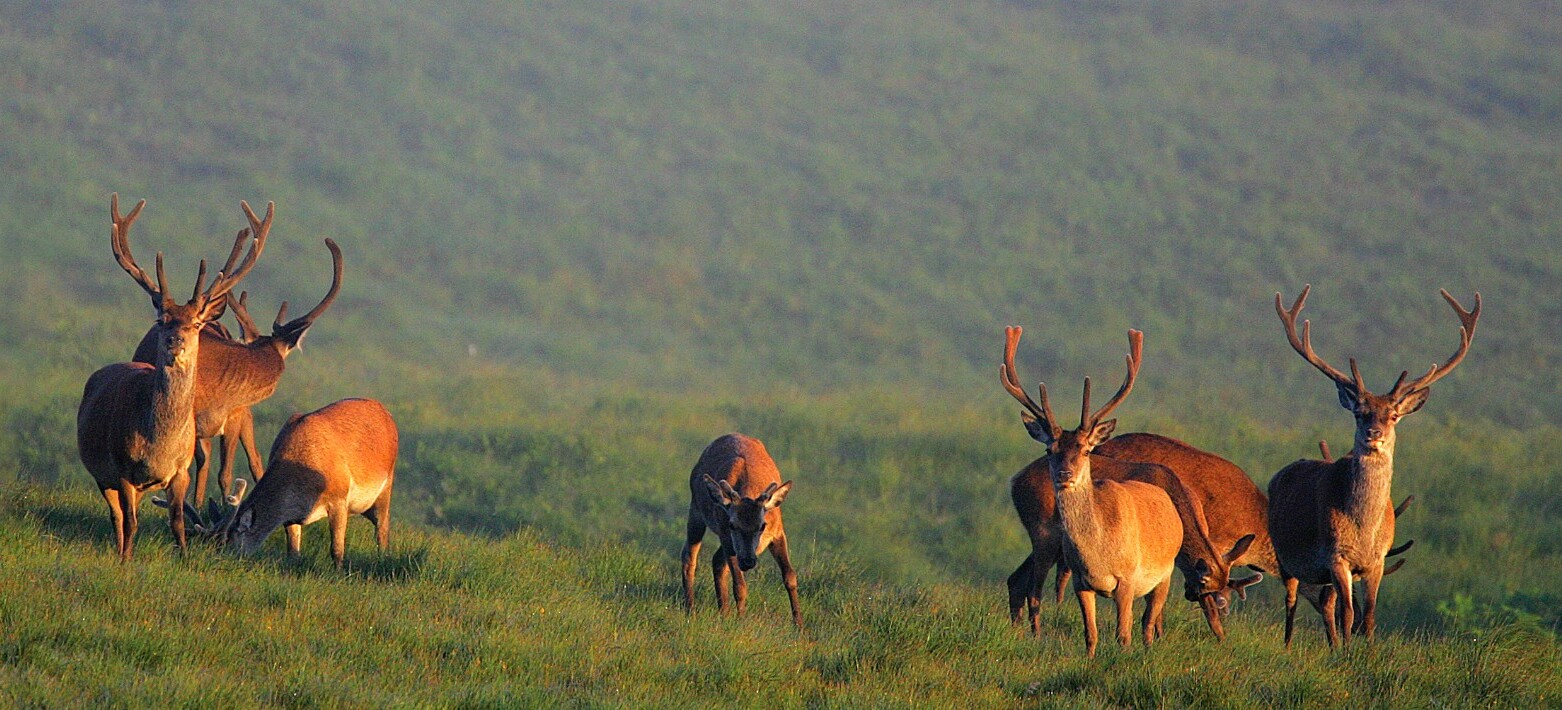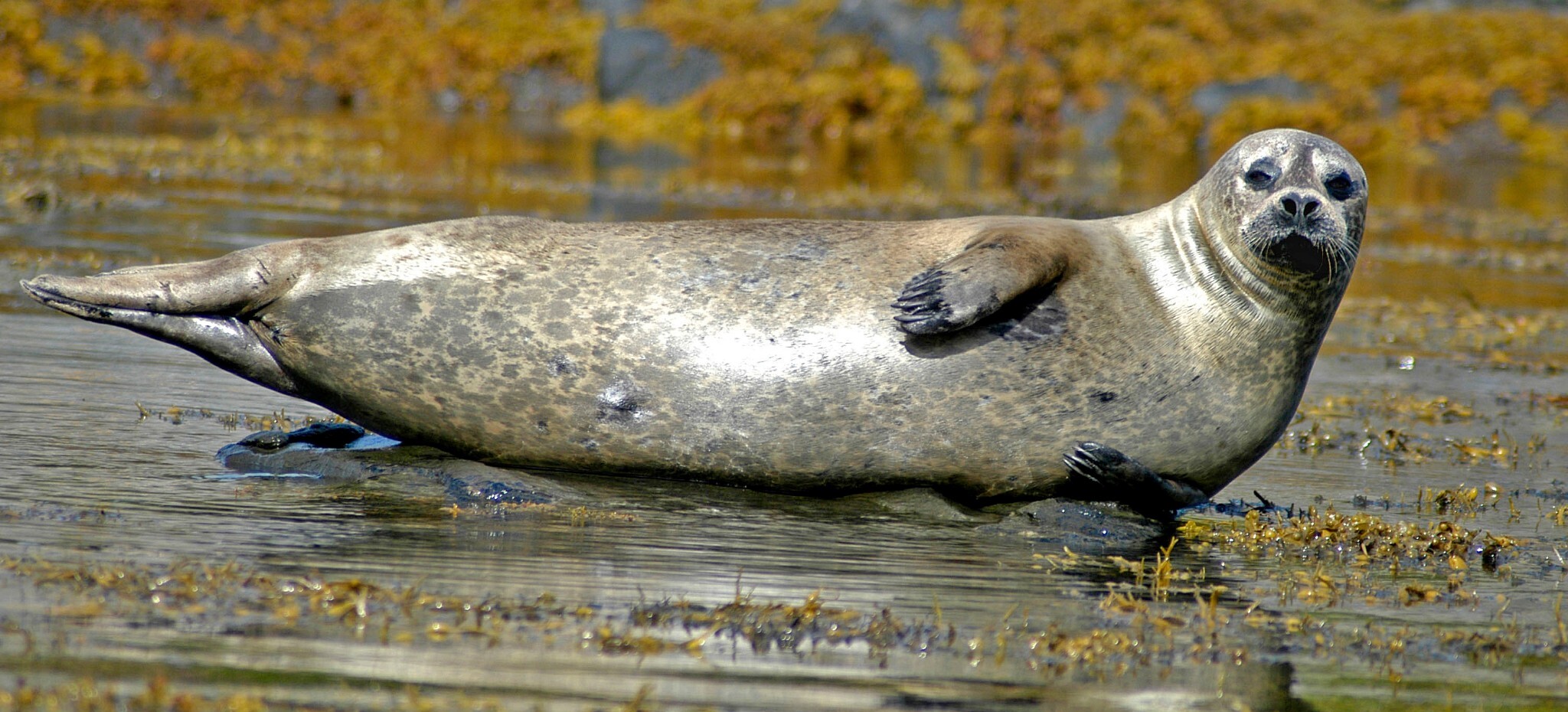The West Highland Peninsulas, with their varied landscape and wide range of natural habitats, are home to one of the most diverse mixes of wildlife that you can find anywhere in Scotland. We have Scotland’s “Big Five“ of red deer, otters, golden eagles, red squirrels and seals. In addition, visitors can see white-tailed eagles, pine martens, badgers, possibly the elusive Scottish wildcat and much, much more.

The West Highland Peninsulas have an extremely diverse mix of woodlands and it is the ancient oak woodlands of Sunart that are perhaps the most significant. They cover the northern side of Loch Sunart and are one of the best surviving remnants of an ancient temperate Atlantic oak forest that once clothed most of the west coast of Scotland, Wales and Cornwall. Other woodlands include mixed ash and hazel, wet woodland and Caledonian pine forest. Combined, they provide habitat for red squirrels, pine martens, badgers, wildcats, and pipistrelle and long-eared bats as well as a range of birds including warblers, tits, redstarts, flycatchers, woodpeckers, tawny owl and woodcock. There is also a variety of moths and butterflies, including the rare chequered skipper.
Asides from the woodland, much of the West Highland Peninsulas are made up of upland or high ground covered with heather, bilberry, gorse, moss and grasses. This high ground is home to a wide range of species including raptors such as falcons and eagles, reptiles such as the adder, common lizard and slow worm and of course, our largest land mammal, the red deer.
Much of the remaining ground is either bog or grassland and much of the grassland can be found near the coast on chalky, fertile ground of a type that is unique to the northwest coastlines of Ireland and Scotland. This grassland is Machair, a Gaelic word meaning “fertile plain” and it plays host to wildflowers such as orchids, harebells, buttercups, red clover, ragged robin and scabious. As well as the grassland, there are two internationally important sites for blanket bog on the Peninsulas. These are Claish Moss and Kentra Moss and they both support varying amounts of heather, bog myrtle and cotton grasses. These wetlands are home to several types of dragonfly, including the nationally scarce northern emerald and azure walker dragonflies.
There are many lochs, lochans, rivers and streams across the Peninsulas and these provide freshwater habitats for a range of species. Again, there is an abundance of dragonfly as well as large populations of frogs, toads and newts. Birds that can be seen include black throated divers, dippers, common scoter, goldeneye, red-breasted merganser and goosander.
You are never far from our coastline where you will find a range of habitats. There are rockpools and sheltered bays in which you can find a huge variety of seaweeds, molluscs and crustaceans and they provide the ideal hunting ground for our thriving population of otters. We have sandy beaches, salt marshes and mudflats that support a wide variety of wading birds including curlews, oystercatchers, sandpipers and redshanks. Finally, don’t forget to look out to the open sea where you can spot whales, dolphins, porpoises and basking sharks as well as grey and common seals. There are many seabirds to be seen around our coastline, including terns, gulls, divers, several species of duck, gannets and you may well spot a white-tailed eagle, one of the largest birds of prey, with a typical wingspan of up to 2.5 metres.
